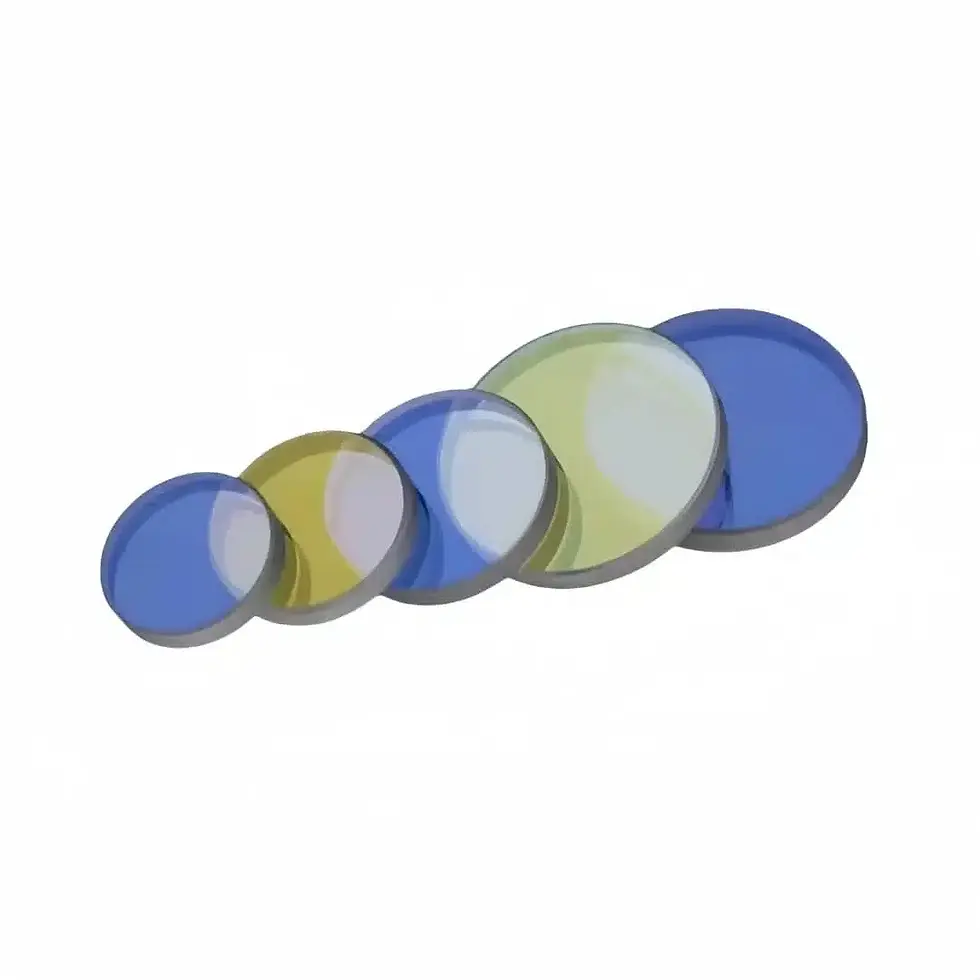In today’s fast-evolving industrial and scientific landscape, laser optics play a critical role in shaping accuracy, efficiency, and innovation. From advanced manufacturing and medical imaging to telecommunications and defense systems, laser optics serve as the backbone for high-performance solutions. The demand for precision-engineered optics is rising globally, driven by the need for faster data transmission, micro-level machining, and next-generation healthcare technologies. Companies like Laserchina, a trusted leader in the optics market, are setting benchmarks by offering cutting-edge solutions tailored for diverse industries.
Understanding the Core of Laser Optics
Laser optics involve a collection of lenses, mirrors, beam splitters, prisms, and filters designed to manipulate and control laser beams. Unlike conventional optics, laser optics require extremely high precision to handle the coherent and intense light produced by lasers. The core specifications include:
Wavelength Accuracy: Optimized coatings for wavelengths ranging from UV to IR.
Damage Thresholds: High resistance to laser-induced damage, ensuring durability.
Transmission Efficiency: Coatings engineered for maximum throughput with minimal loss.
Surface Quality: Sub-nanometer smoothness to eliminate scattering and distortion.
These specifications determine the performance in applications such as semiconductor lithography, fiber-optic communication, and industrial laser cutting.
Current Market Trends and Requirements
The global market for laser optics is expanding rapidly due to technological advancements and industrial needs:
Miniaturization of Devices: Electronics and photonics industries demand compact yet powerful optics for integrated systems.
High-Power Lasers in Manufacturing: Automotive and aerospace companies require optics that can withstand high-energy laser beams for cutting, welding, and surface treatment.
Medical Applications: From ophthalmic surgery to diagnostic imaging, optics with bio-compatible coatings are revolutionizing patient care.
Telecom Expansion: With 5G and beyond, optical components that support ultra-fast transmission are becoming essential.
Laserchina has positioned itself as a market leader by developing customized optical solutions that meet these evolving requirements, ensuring performance, durability, and cost-effectiveness.
Advanced Technologies in Laser Optics
The industry is witnessing breakthroughs that are transforming how optics are designed and applied:
Ion-Beam Sputtering Coatings (IBS): Delivers ultra-durable and low-loss coatings, ideal for high-power lasers.
Adaptive Optics: Enhances beam quality by correcting distortions in real-time.
Nonlinear Optics: Enables wavelength conversion, critical for lasers used in medical diagnostics and research.
Diffractive Optical Elements (DOE): Allow precise beam shaping for complex manufacturing tasks.
Laserchina incorporates these advanced technologies into its product line, ensuring customers gain access to world-class innovations that support both current and future applications.
Why Industries Choose Laserchina for Laser Optics
Customers today are not just looking for components; they need solutions that align with performance, reliability, and long-term value. Laserchina addresses these needs through:
Customization: Tailor-made optics designed for specific wavelengths, power levels, and environmental conditions.
Quality Assurance: Stringent testing to meet international standards ensures consistent performance.
Global Supply Chain: Fast and reliable delivery across industries worldwide.
R&D Excellence: Ongoing investment in research guarantees access to next-generation optical technologies.
By combining technical expertise with customer-focused solutions, Laserchina ensures industries gain a competitive edge.
The Future of Laser Optics
The next decade will witness a deeper integration of laser optics with artificial intelligence, nanofabrication, and quantum communication. This will open opportunities for even more precise control of light, enabling breakthroughs in computing, medical therapies, and aerospace exploration. Laserchina is already investing in these frontiers, ensuring its customers remain ahead of technological shifts.
Conclusion
Laser optics are no longer just components; they are enablers of global innovation. With industries demanding more precision, higher power handling, and versatile applications, choosing the right partner becomes critical. Laserchina, with its advanced technologies, global presence, and customer-centric approach, stands as a trusted brand for high-performance laser optics. Businesses that invest in quality optics today are not just improving their current operations they are securing a future defined by precision and innovation.
